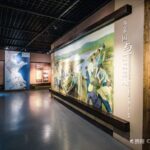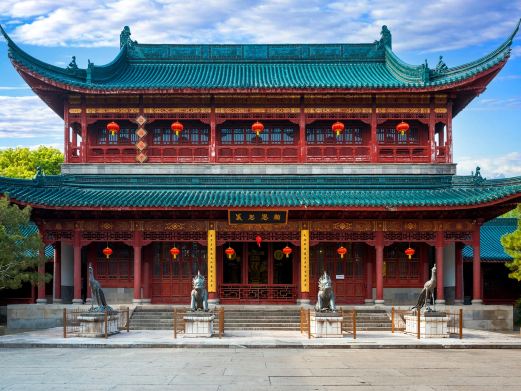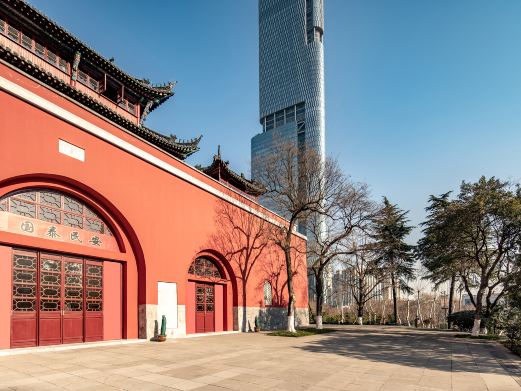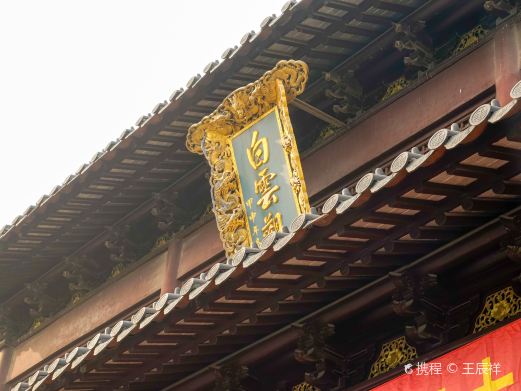The pagodas of Guangjiao Temple are located at the foot of Jingting Mountain and are commonly known as twin pagodas. Built in the third year of Shaoxing in the Northern Song Dynasty (1096), they are a pair of square ancient pagodas standing side by side, that is, the famous twin pagodas of the Song Dynasty across the country. The twin pagodas are brick pagodas of the Song Dynasty with the style of the Tang Dynasty, reflecting the characteristics and styles of architecture in the Song Dynasty. The pagodas are about more than 20 meters high and each has seven floors. The plane is square on all sides. There is a central pillar in the middle. The appearance is of an imitation wood structure. Most of the entire pagoda body is built with Buddha statues. Each floor and each side is divided into three rooms by cylindrical brick strips. In the middle is a round arch with a lintel. The corners are round. The corner pillars have “lane killing” and “side angles”. The eaves are jumping out of the Chinese arch. The wall is decorated with precious phase flowers, presenting the unique solemn and serene atmosphere of Buddhism. The area inside the pagoda is relatively small. There were originally floor slabs, and one can climb up by ladder. The twin pagodas are facing each other with a straight-line distance of 26.90 meters. The east pagoda is slightly larger, with each side being 2.65 meters. The west pagoda has each side being 2.35 meters. Due to the long construction time, the tops of the twin pagodas have been destroyed and only seven floors remain. In order to preserve ancient buildings and China’s Buddhist culture, the twin pagodas of Guangjiao Temple have been listed as a national key cultural relics protection unit and are included in the “Dictionary of Chinese Scenic Spots”. Opening hours: open all year round from Tuesday to Sunday, 09:00-11:30 and 13:30-17:00. The specific business status is subject to the opening situation on the day.
Twin Pagodas of Guangjiao Temple
The pagodas of Guangjiao Temple are located at the foot of Jingting Mountain and are commonly known [...]









